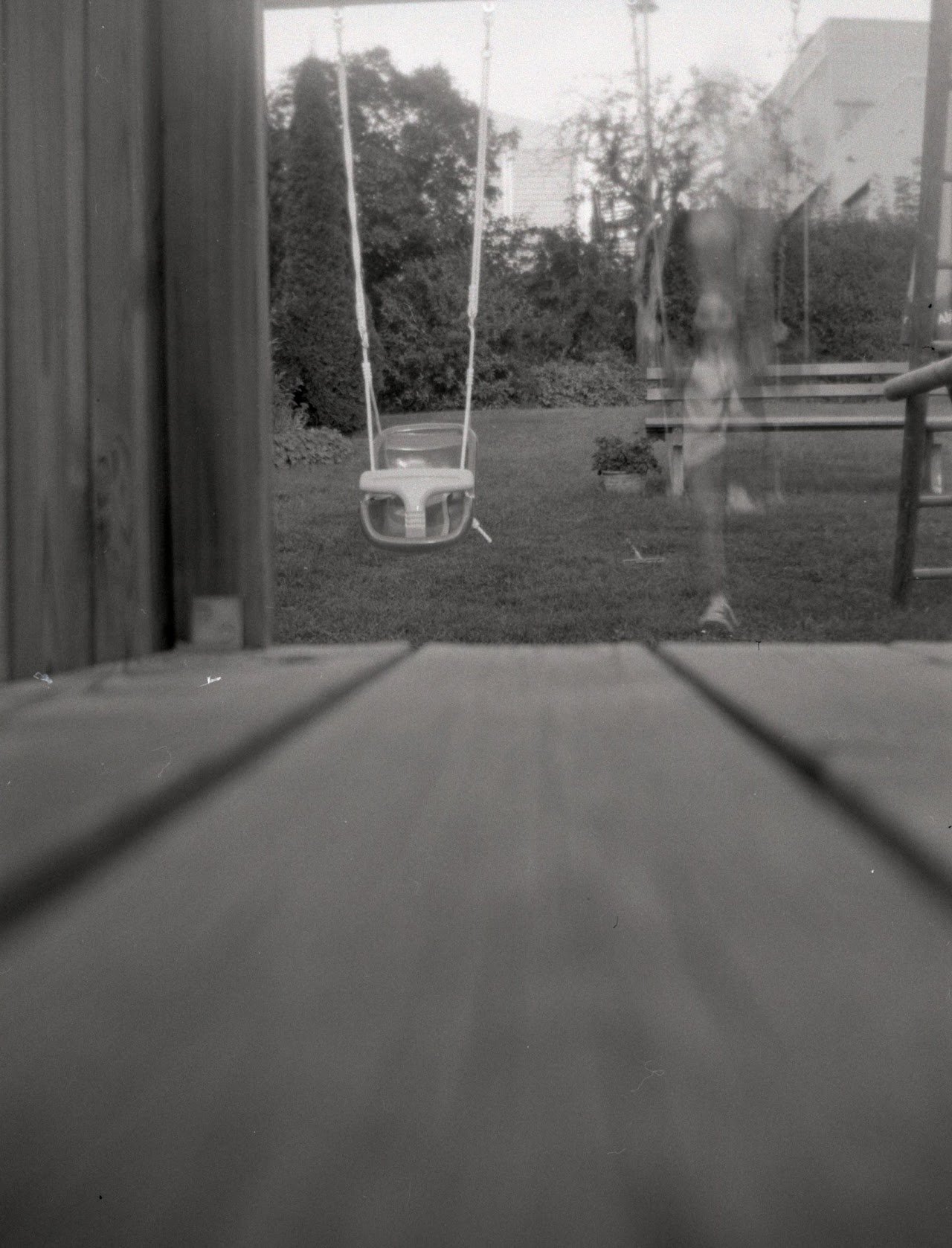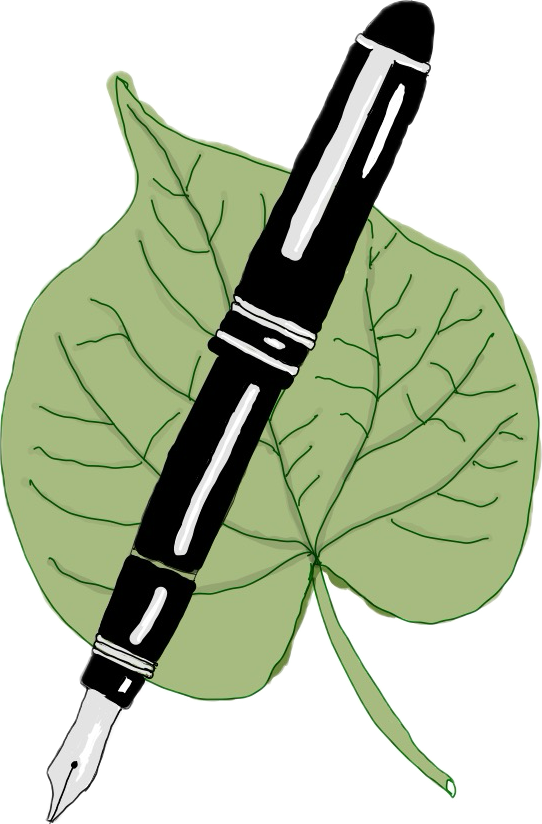
Memoirs
A good memoir draws you into a story: much as a novel, it succeeds with strong narration, vivid imagery, and dialog that makes characters whisper or shout right into your inner ear.
Many memoir writers and teachers have published lists of their favorite memoirs; I encourage you to go to their websites and check them out. Here I collect memoirs that incorporate substantial writing about biology.
Elisabeth Tova Bailey: The Sound of a Wild Snail Eating
Exquisitely told, this story interweaves years of a disabling illness with the writer's intimate acquaintance with a woodland snail, brought to her bedside table in a flower pot containing a wild violet. Experience life at a snail's pace - and learn how far watching and wondering can take you into the world of another being.
Barbara Kingsolver: Animal, Vegetable, Miracle: A Year of Food Life
A family's memoir about a year of eating local foods. The strong narration and Kingsolver's lively prose drive an engaging story. You will laugh and learn - in about equal measure. And, if you want, you could also take mental notes on how to plop a reader right into Virginia's moist woodlands, how to make them taste - and rejoice at - the year's first home-grown tomato (you may find yourself compelled to send a "congratulations on your new arrival" card).
Janisse Ray: Ecology of a Cracker Childhood
Ray's stories about growing up poor and white in a south Georgia junkyard alternate with poetic explorations of the longleaf pine ecosystem that defined this area before white settlers arrived. The heart-breaks of rural poverty and destruction of a place of magical beauty sing against each other, driving the reader to join Ray in her quest for restoration and preservation of what is left of longleaf pine forests, pitcher-plant bogs, and southern families.
May Sarton: Plant Dreaming Deep
After a restless youth, Sarton moves into a house in rural New Hampshire to make a home-as much for the family furniture as for herself. Chapter ten, A Flower Arranging Summer, begins: Making a garden is not a gentle hobby for the elderly, to be picked up and laid down like a game of solitaire. It is a grand passion. It seizes a person whole, and once it has done so he will have to accept that his life is going to be radically changed. Sarton's careful language seizes the reader just as a garden does, bringing the plants scattered throughout this memoir of a woman living a passionate solitude into sharp relief.
Suzanne Simard: Finding the Mother Tree
The scientist who coined the idea of the "Wood-Wide Web," our understanding of how mycorrhizal fungi connect trees to each other and to other forest plants, traces her growing understanding of forests as communities and of trees as wise elders upon whom we depend. Born into a logging family in the mountains of British Columbia, she balks at a culture and economy that strips and destroys the land, while she also loves the people trapped in the capitalist destruction of the trees she loves.
Terry Tempest Williams: Refuge: An Unnatural History of Family and Place
Williams braids the drowning of the Great Salt Lake ecosystem with the death of her mother from cancer. Both the desert and the sick bed, in equal measure, grow into sites of death and redemption. Her language flows melodious, flawless, buoyed by rhythm and image.
_____________________________________________________
Audio / Video:
Erin Soros: Reading at Colgate
This reading left me somewhere between laughter, gasps, and tears. In writing "from a place of rigorous uncertainty", Soros manages to construct her father by balancing a packet of Equal against the lumber cut from Douglas fir. The plant references are minimal -- but if you listen closely, you can also see how crucial they are in developing character from place. If you have only half an hour to listen, you could skip the introduction and start with her reading at minute 16 of the video.
